This article is based on a workshop delivered by Daniel Scott at the Product Marketing Summit in Las Vegas. Catch up on this session, and others, using our OnDemand service. For more exclusive content, visit your membership dashboard.
Managing the release of multiple products at the same time can be challenging. In an ideal world, you’d have a beautifully laid-out plan with one feature release neatly following another.
Unfortunately, that’s not always how it goes.
In just one quarter, you might have 10 to 15 features all coming out at around the same time, while different teams all battle to find a space in the launch calendar. It can be overwhelming, to say the least.
That's why I came up with a simple framework that allows us to create compelling storytelling, messaging, and sales and marketing collateral efficiently and consistently. This way, we don't have to reinvent the wheel every time a new feature comes out.
I’m going to share that framework with you today, covering how to find and tell the story of a product that you're launching. I'll also be sharing seven storytelling methods you can use to make even the most complex products easy for customers to wrap their heads around.
Just a quick caveat before we get into it: This isn't about company-level storytelling, which you'll usually work on with your CEO and others. This is specifically for tier-one and tier-two product and feature releases.
Step one: Collect the context
When the product team comes to you with their next product, the first step is to understand all the components or attributes of that product.
You may have to do some digging to uncover things like how the product was built and what technology underpins it. And, of course, you need to know about the problem it solves as well as any integrations. These could be great sources of differentiation or value for customers.
Step two: Whittle down your list of product attributes
Once you’ve listed all those vital product attributes, the next step is to hone in on the ones that align with your company's strategic value proposition and what your customers care about the most.
From that condensed list, you should cross off, or deprioritize, the features and attributes that your competitors are already offering.
I like to use a checklist to go through this process more efficiently. This helps me create a clear and concise version of the message we’re going to release to the market.
Step three: Tell your story!
With these key components in hand, it’s time to create your messaging and positioning doc.
Now, let me run through an example of what this process might look like from start to finish:
- Product attributes: Machine-learning-driven capabilities, reports based on the goals you set, and natural language querying.
- Key selling points: See workflows, not clicks; pinpoint problem areas instantly; Let your goals drive the findings.
- The enemy/problem: Watching recorded sessions or poring through analytics.
- The story in a sentence: See your app through your customers’ eyes.
Once you have your story (a.k.a. your messaging and positioning), the next step is deciding how to tell that story to the market.
Decide whether you need to test your story
First, you’ll have to decide if you need to test the story before it goes public.
At my company, 0pass, we don’t test messaging for our tier-three and tier-four launches, which are just intended to match the market and keep existing customers happy. We do, however, test the messaging for our tier-one and tier-two launches – brand-new SKUs with certain revenue expectations tied to them.
We’ll A/B test ads and landing pages, and listen in to sales calls to see customers respond to our new messaging. I’ll often ask salespeople to explain the product upfront, so I can hear customer feedback in real time and fine-tune the messaging accordingly.
Here’s an example of how we A/B tested our messaging for a LinkedIn ad campaign promoting an upcoming launch event:
The tier of your launch will also determine what your bill of materials looks like. Depending on the size of the launch, your list of deliverables will likely contain some combination of the following:
- Ads
- Web page
- Sales deck
- Internal training
- Explainer video(s)
- Launch event
- Datasheets
- Documentation
- Sales talk track
- Product demo
- Webinar
Seven compelling storytelling methods
Now let’s get into the fun part. Here are seven key storytelling methods that you can incorporate into your deliverables. These are going to help you talk about your product – no matter how technical it is – in a way that resonates with your customers.
- Straight shootin’: This is essentially a longer version of your core messaging. It highlights the benefits of your product and the features that support these benefits. It works great for product docs and websites.
- The doctor: This is a great one for webinars. You simply identify the customer’s problem, discuss its impact, and then present a solution.
- The promised land: This method involves brainstorming with your team to come up with a scenario where everything is going swimmingly. It helps you create a block of content that can be used in various deliverables including talk tracks, pitch decks, and websites.
- Social proof: This is a very straightforward one. It involves using testimonials or reviews to demonstrate credibility. It’s great for web pages.
- Real-life examples: This works well in talk tracks, sales demos, and videos. Similar to the doctor method, it involves outlining a real-life problem your customer may be facing and presenting your product as the solution.
- The challenger: This one will sound familiar to you if you’ve read “The Challenger Sale” by Brent Adamson and Dixon Matthew. This method challenges the way a customer views a problem or situation. It presents new information or a new perspective to encourage them to think differently. It’s great for talk tracks and pitch decks.
- The analogy: This method uses a comparison to help explain a complex idea or concept. It can work in almost any deliverable, but especially talk tracks.
It’s easy to feel overwhelmed when faced with all these different storytelling methods. I certainly did at first!
When you've got new products and features on the horizon, it's natural to want to get them out to the market as quickly as possible. However, it's important to maintain a high standard for the deliverables that you bring to the table, so you can give your sales and marketing team the best possible support.
If you find yourself in this position and you’re feeling overwhelmed with all the different storytelling options available to you, take a step back, look at your core messaging and positioning, and think about which approach will work best for your product and your deliverable. Not every product will align with the challenger approach, for instance.
Once you've got a good idea of what approach will work best, you can start crafting your deliverables, enabling your teams, and presenting your product in the best possible light.
That’s a wrap for today! I hope I’ve given you some helpful inspiration for how to best tell your product’s story the next time you bring a product to market. Good luck!


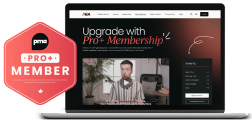


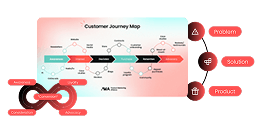
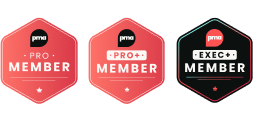

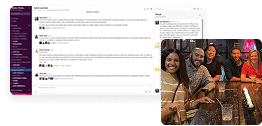

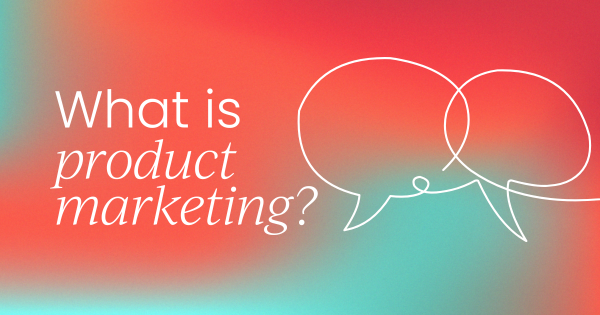
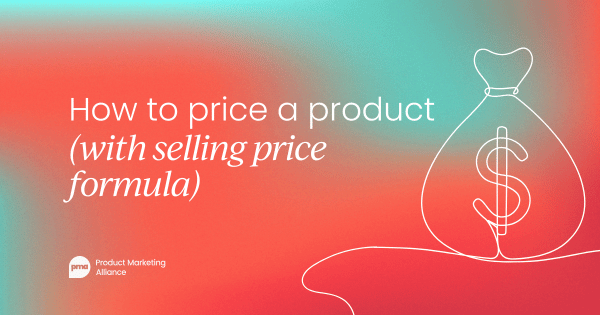
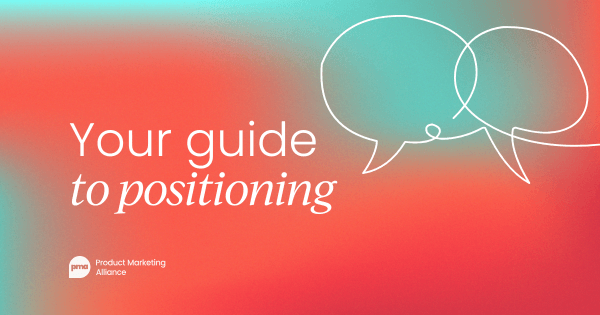
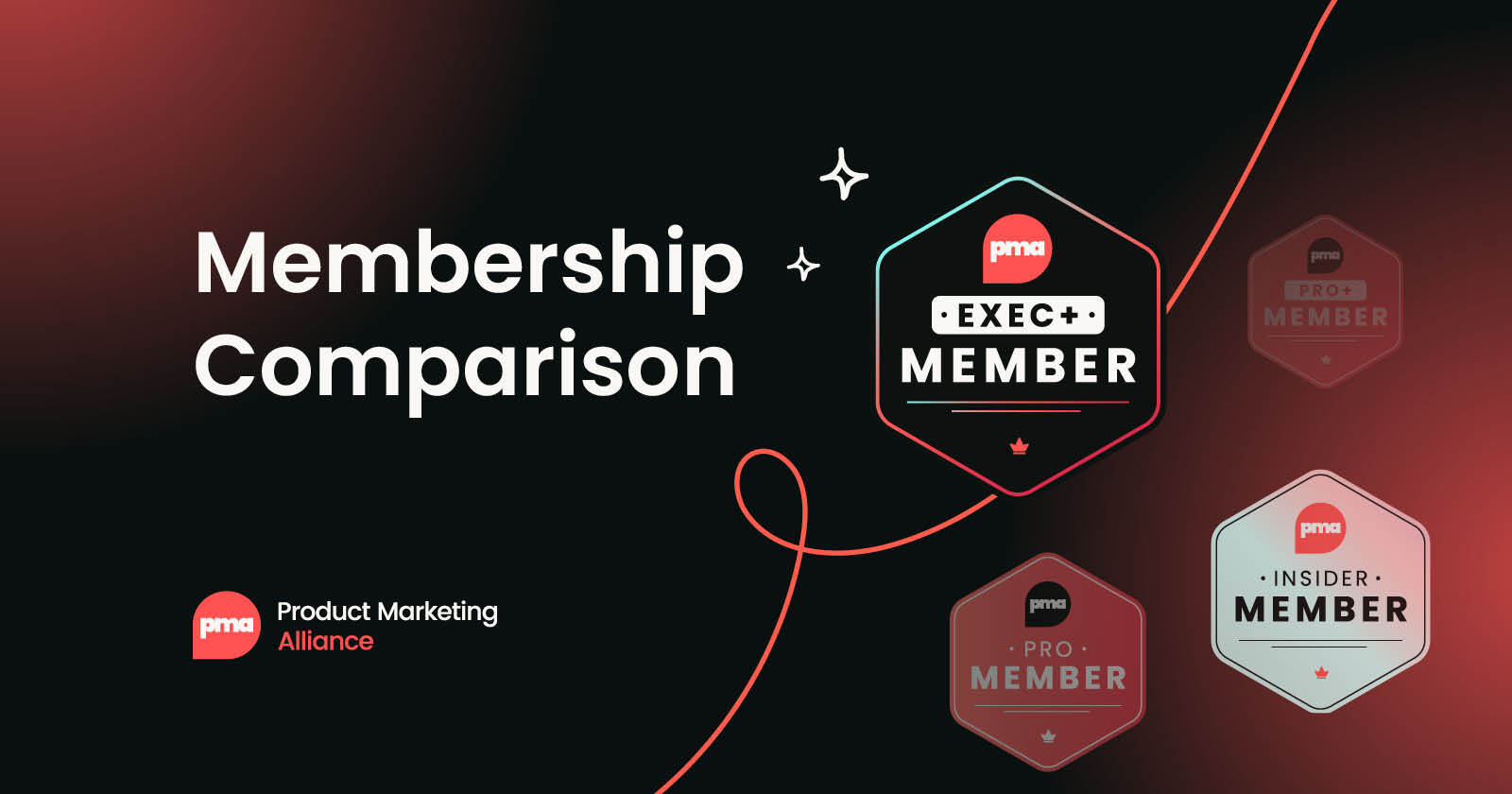
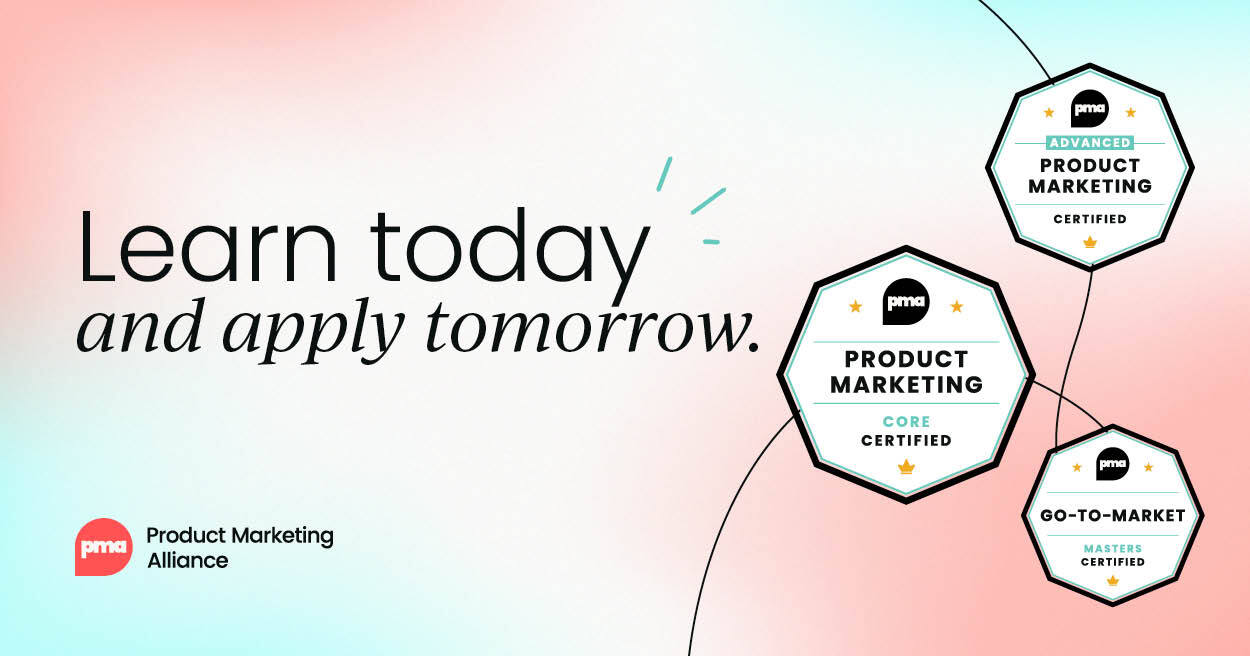
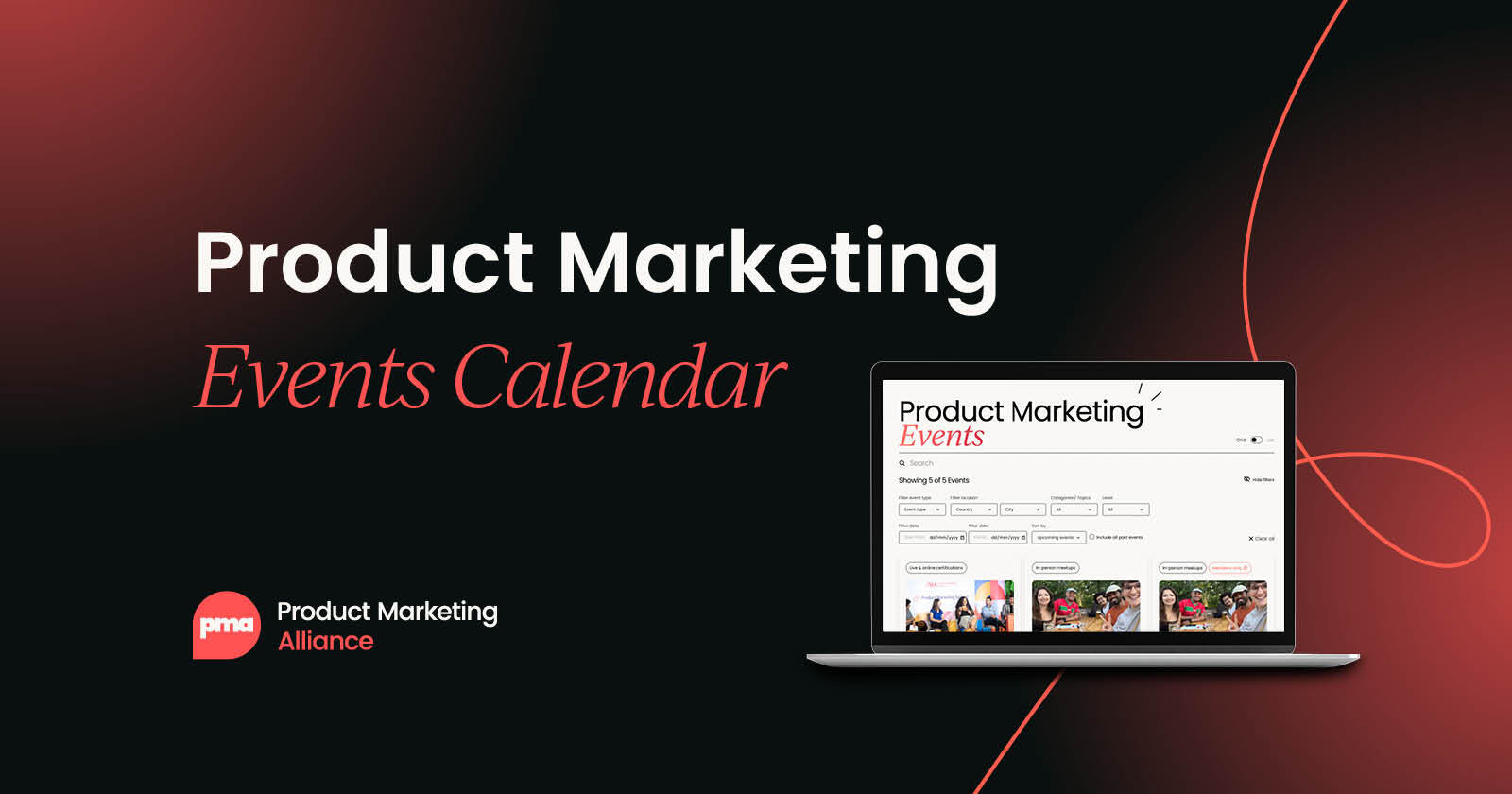
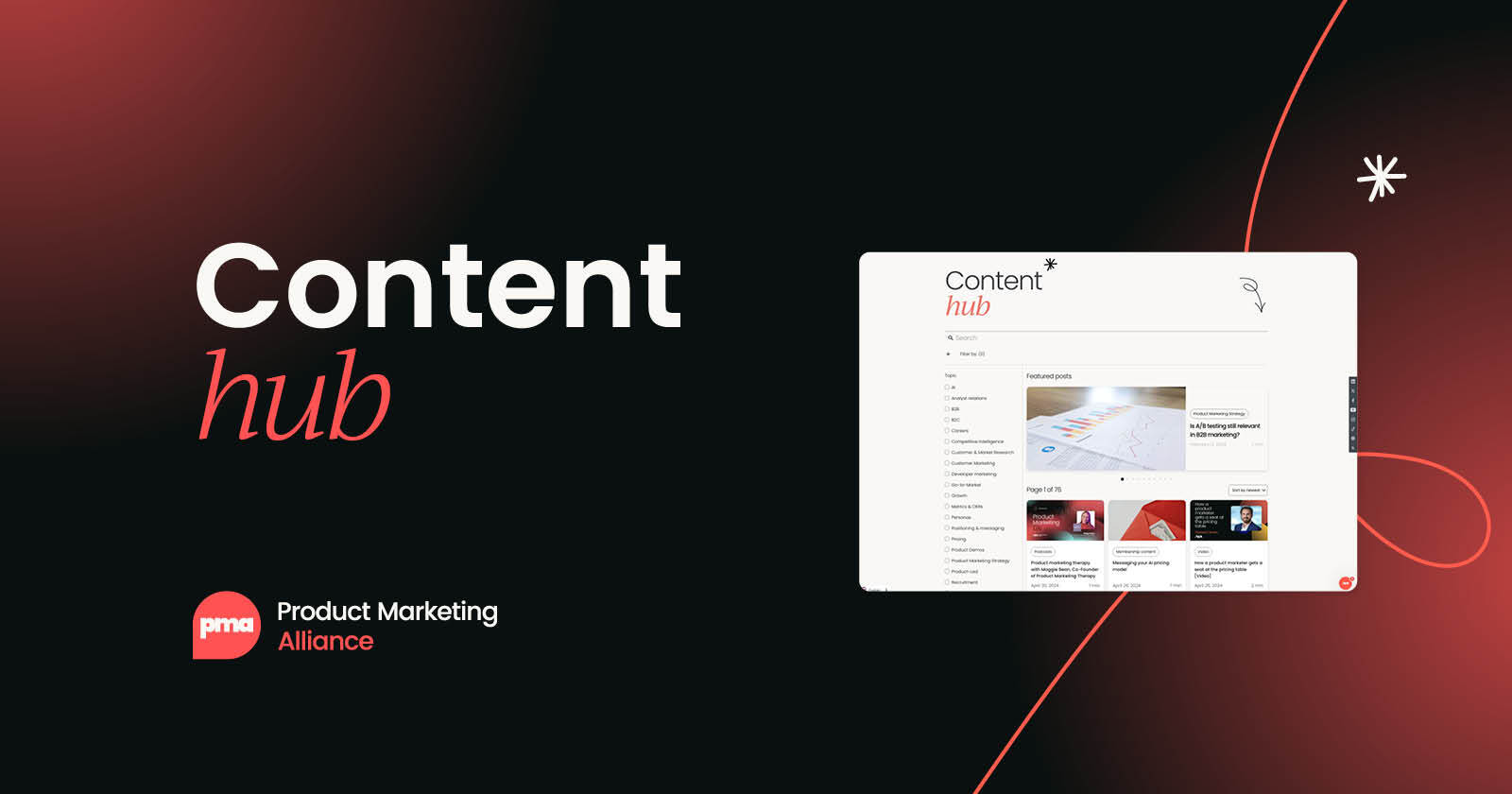

 Follow us on LinkedIn
Follow us on LinkedIn



.svg?v=8154f0fdee)